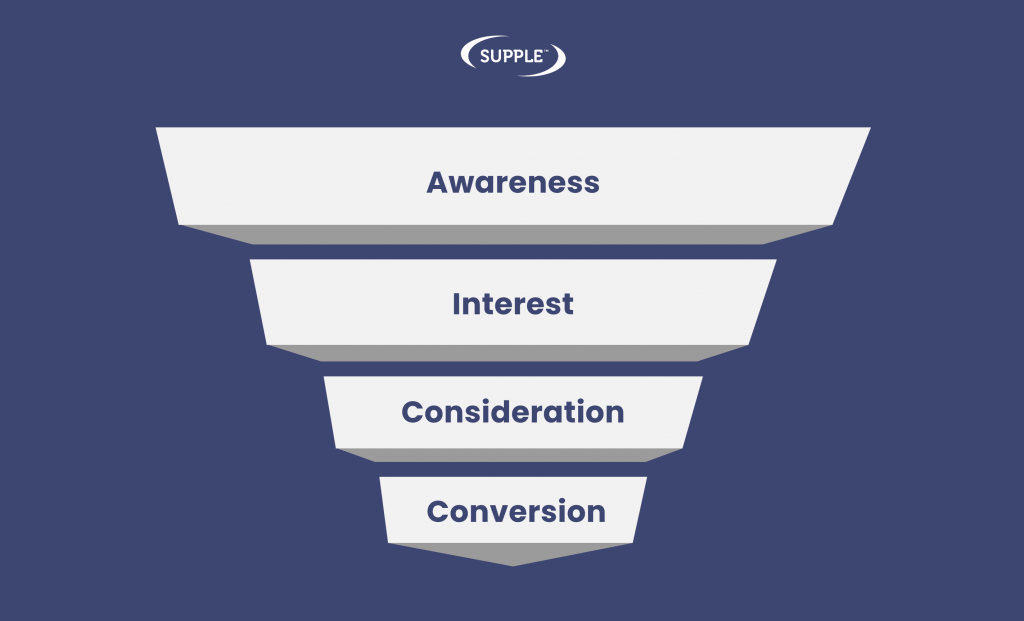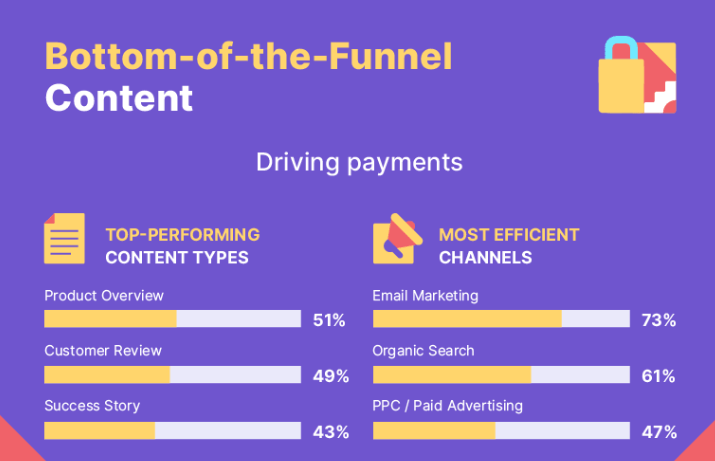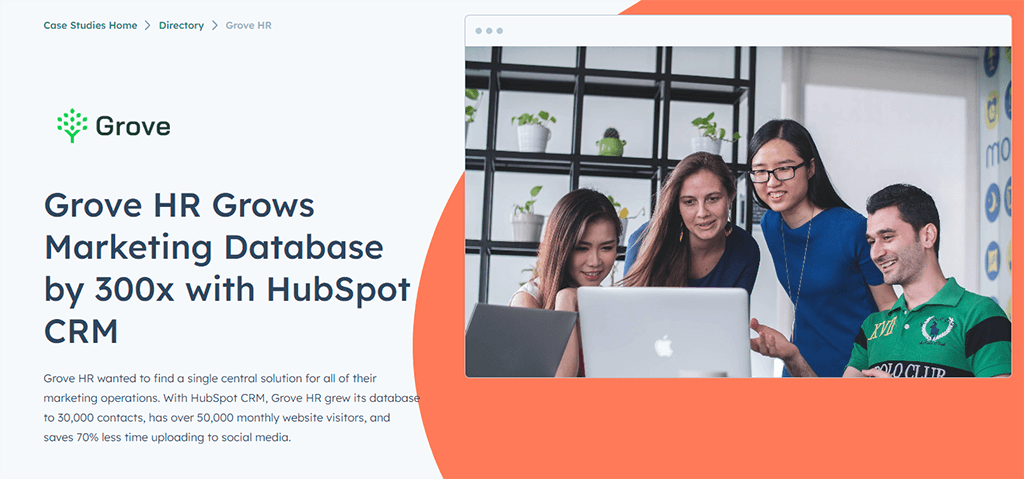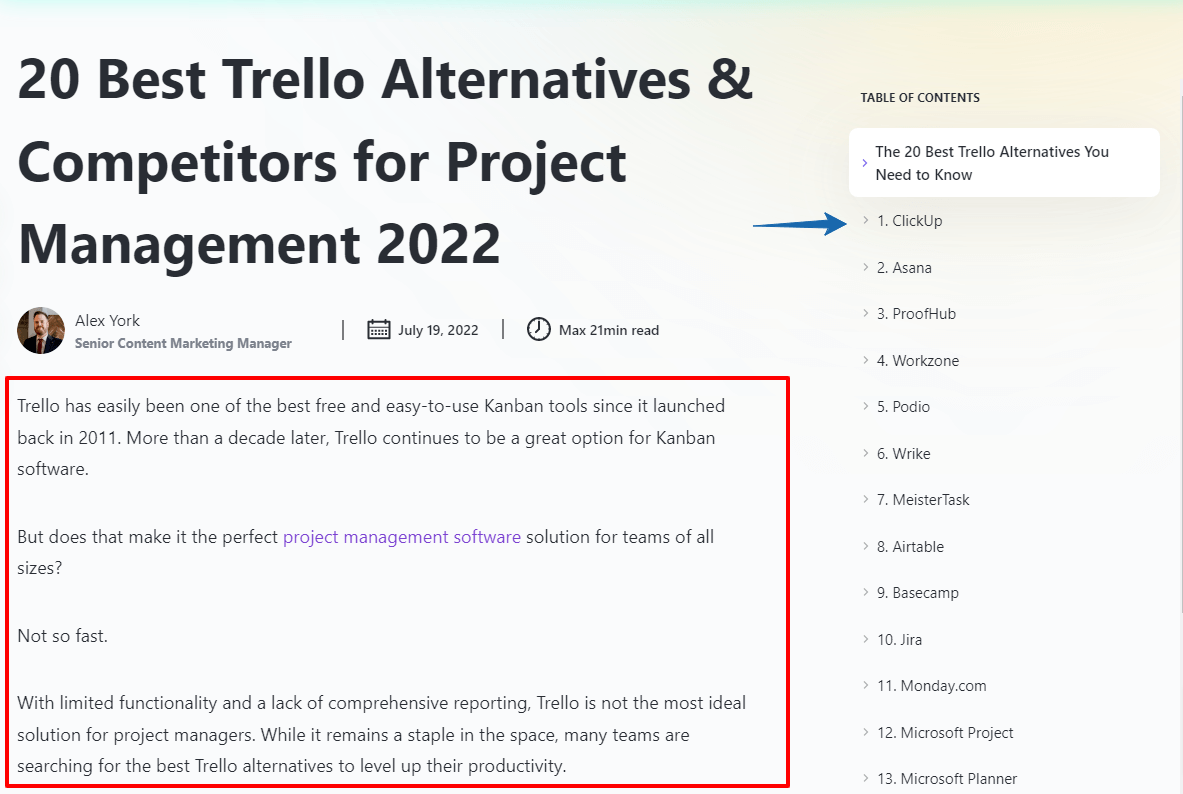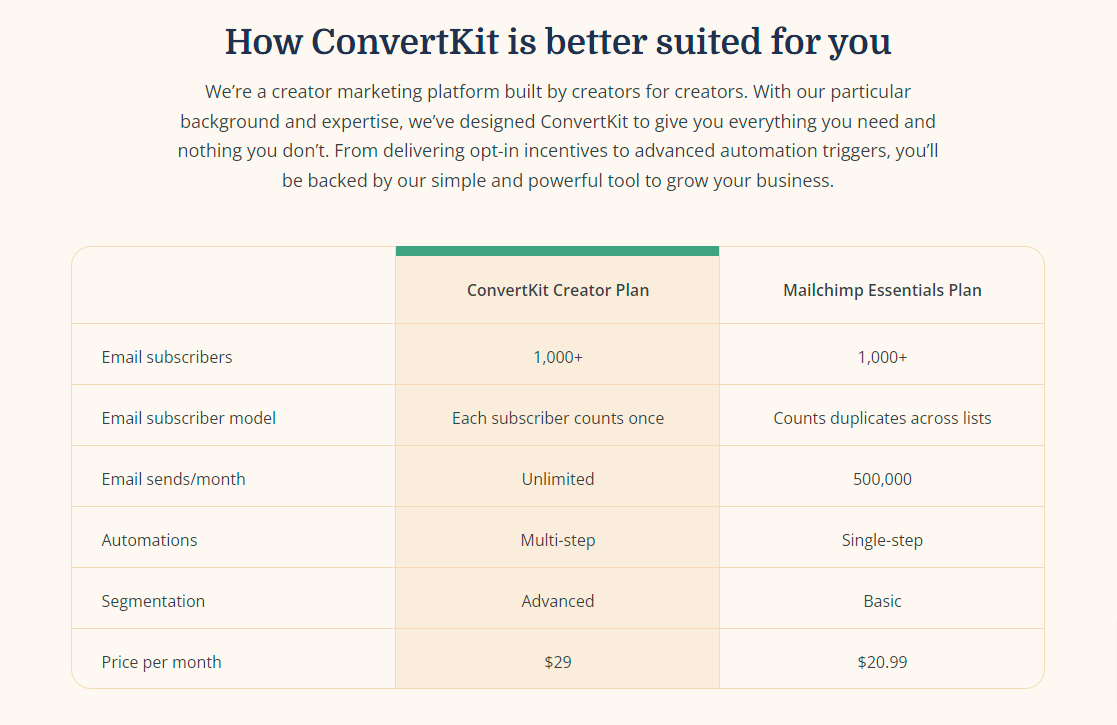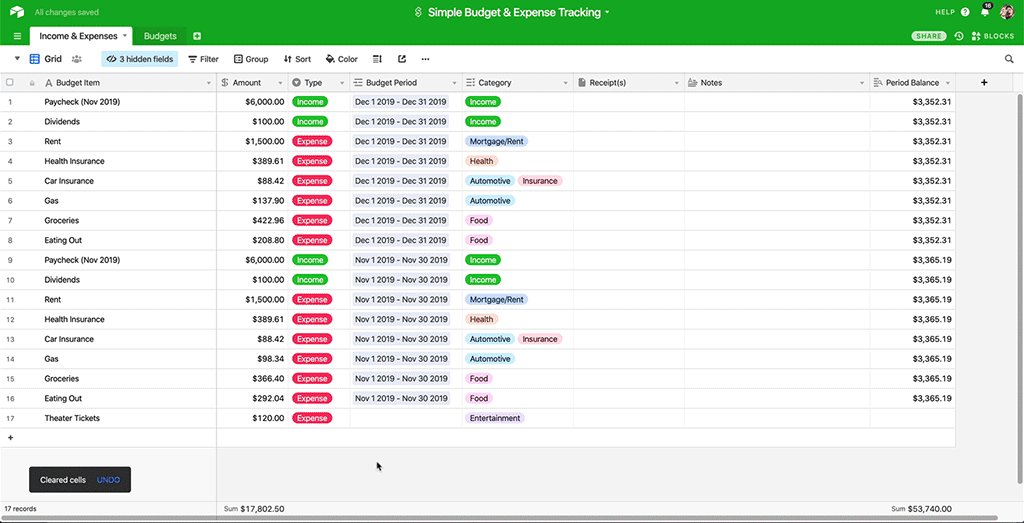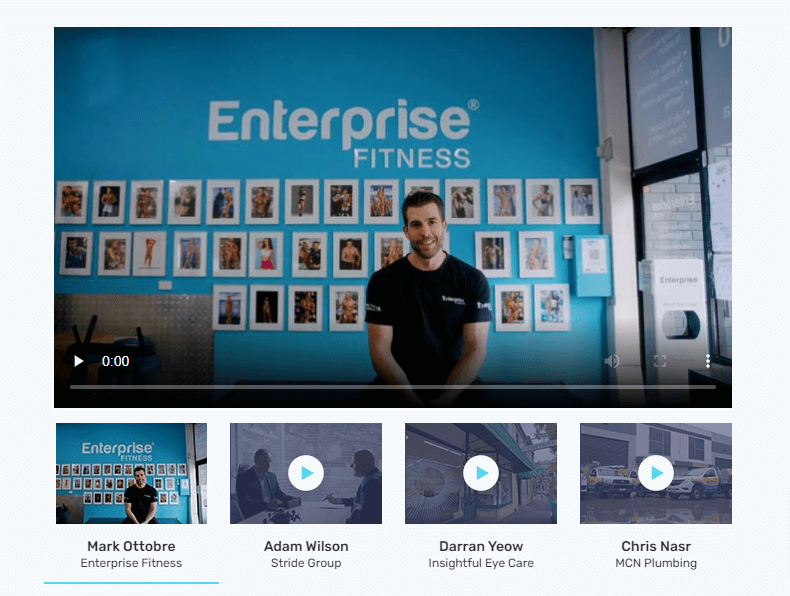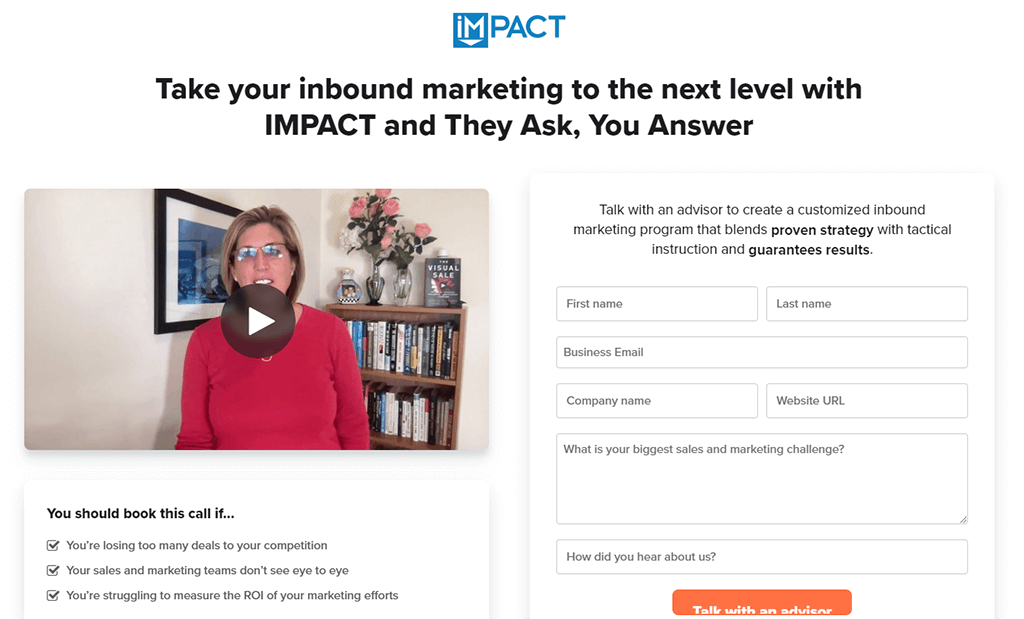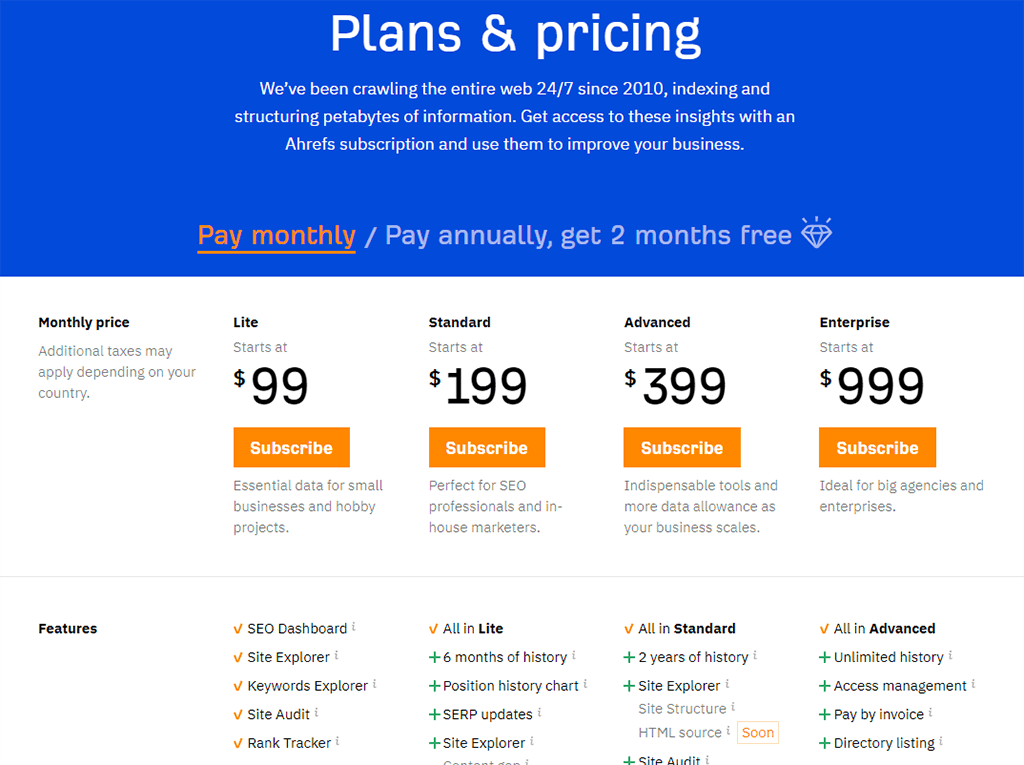How to Identify BOFU Content Ideas for your Content Strategy?
What is BOFU Content?
Bottom of the funnel (BOFU) content is targeted and optimised for the audience that is in the process of making the buying decision—conversion stage of the sales funnel.
Let’s quickly understand the role of TOFU, MOFU, and BOFU content.
- Top of the funnel (TOFU) content: It creates awareness about your business/product/service and the problem you solve through informative and educational content resources. And the people searching for information on similar problems find your content and visit your site. Basically, here they enter your sales funnel and become leads eventually.
- Middle of the funnel (MOFU) content: It aims to teach your audience how to select the right solution to their problem. This is where you can establish your brand as an authority by providing in-depth content resources that can help your audience solve their problems. Here, your leads are nurtured and driven to the bottom of the funnel for conversion.
- Bottom of the funnel (BOFU) content: It makes the case why your product is the best solution to your buyer persona’s problem. Here, you can leverage content that shows how your product has solved the same problem successfully for your existing customers or how your solution is better than your competitors, etc.
Why Does BOFU Content Matter?
The bottom of the funnel (or conversion) is a crucial stage and the stakes are pretty high. Here your leads can convert into customers.
At this stage of the buying journey, your prospect would’ve ideally evaluated the available solutions and is ready to make a buying decision. This is where you can give that much-needed final push to help your leads make the buying decision.
So you need detailed planning for your BOFU content since it has a significant impact on your conversion rate.
Besides, here are some more ways BOFU content helps:
- Speed up the buying process: BOFU content convinces the prospect that your product can solve their problem by providing social proof—how other customers succeeded by using your product. It assures your potential customers that they’re making the right choice. And this assurance leads to a quicker purchase decision.
- Address the obstacles: Your leads may have one or two issues that stop them from hitting that “Buy Now” or “Subscribe” button. BOFU content is an opportunity to address and remove these obstacles from the buying process.
- Get buy-in from multiple decision-makers: When there are multiple decision-makers involved in the buying process, each of them may have some solutions in mind. And they all come together to discuss the benefits of each and shortlist the solution accordingly. So having easily shareable and downloadable BOFU content resources can help your lead while getting buy-in from other decision-makers.
That said, if you’re not sure whether your website content is optimised for your audience’s buying journey, you can hire an agency to help you conduct a content gap analysis and help you align your content accordingly.
Types of Bottom of the Funnel Content
According to a study by Semrush, some of the most popular types of BOFU content that the surveyed marketers use to drive conversions are:
- Product overviews 51%
- Customer reviews 49%
- Success stories 43%
- Use cases 30%
- Case studies 25%
Before we get into the detailed discussion on BOFU content types, let’s try to understand the buyer’s behaviour at the conversion stage by stepping into their shoes.
For instance, you’re in the process of buying a software solution from your business. You’ve shortlisted two or three solutions and want to pick one. Now, some of the most obvious questions that you may have at this point are:
- Which solution best solves your problem
- Who else with a similar challenge has succeeded with this solution
- Which solution scores the best in price vs value comparison
- Which solution offers the most features in the specific price range
- How a product solves the specific challenge, etc.
If you get satisfactory answers to these questions, you’d quickly buy the solution.
Similarly, you need to address all these important questions your target audience may have at the conversion stage.
Here are the types of bottom-funnel content that can help you resolve your buyers’ queries while making a purchase.
Case Studies
A case study is a great way to show a specific challenge that a business faced and how you (or your product) solved it. Make sure you include the business case that most closely resonates with your buyer persona.
Some of the popular case study formats are:
- Written case study
- Infographic case study
- Video case study
- Podcast case study, etc.
You can choose the format depending on your business type and how your audience prefers to engage with your content.
Example:
HubSpot has created a case studies directory on their website and features their successful clients across different industries.
Quick tips to create an effective case study:
- Keep your buyer persona or ideal customer profile in mind
- Identify a successful customer that resonates with your buyer persona
- Get the following details from the customer you’re featuring in the case study:
- The main challenge they were facing before using your product
- What specific features of your product helped them solve their problem
- If the results can be quantified, mention the details in numbers without revealing sensitive/confidential information
- What were their thoughts while buying your solution and what’s their post-purchase experience
- Create a compelling title that reflects the business type and the results they achieved with your product
Product Alternatives Pages
You’d already know that your prospect isn’t considering only your product, they’re also looking at competing solutions.
And they’d often Google queries like “best alternatives for xyz product”, “xyz competitors”, etc. So why not use this opportunity to provide your audience with what they’re looking for?
You can leverage the product alternative pages and highlight the weaknesses of the competing products and how your product excels in those areas. It’s perfectly acceptable to showcase your solution as superior to your competitors.
Example:
Check this Trello Alternatives post written and published by ClickUp.
As you can see they’ve subtly highlighted the weaknesses of Trello in the introduction and transitioned towards the need for alternative solutions.
Then, they featured ClickUp as the top Trello alternative among the others.
Quick tips on alternative pages:
- Pick a top competing product in your industry
- Evaluate the product as a user and find out what features or value it lacks (similar to what ClickUp has done in the above example) but your solution delivers
- List down other competing solutions and write fair comparison content including the features, benefits, and pricing.
- Consolidate the reviews and create a listicle. However, ensure you’ve positioned your product as the best alternative.
Competitor Comparison Pages
When customers want to choose between two products or brands, they often look for resources that provide a direct comparison.
For instance, your prospect may Google “your brand vs competitor brand” to compare the features and benefits to arrive at the final decision.
Again, here you have an opportunity to convince your leads that your product or service is better than the competitors they’re considering. You can create competitor comparison pages for the top competing products in your niche.
But this won’t be a listicle content where you compare all the competitors on one page. It’ll be one on one comparison with a single competitor at a time.
Example:
Take a look at this ConvertKit vs Mailchimp comparison page on ConverKit’s website.
Quick tips on the competitor comparison page:
- Select the popular competitor in your niche
- Choose the comparison points or features that you’re better at and also matter to your audience at the same time
- Be fair while making the comparison
- Ensure the comparison table is easy to interpret
- Highlight your wins in detail on the rest of the page
- Include a final summary with a relevant call to action to lead the prospect to the check-out page
Detailed Product Features/Use Cases
Customers buy your product to solve a specific challenge (or challenges). So if you show them how your product features can help them overcome those challenges, they’re more likely to convert.
Besides, when you show detailed use cases for your product features, your prospects can visualise themselves getting the benefits of your product. That’s far more convincing than just listing down the features.
Example:
Airtable has a range of solutions across verticals like Marketing, HR, Product Operations, Finance, Sales and so on.
And here’s the content that explains different use cases for budgeting with detailed explanations along with supporting videos.
Quick tips on product features and use cases:
- List down the features and benefits that your audience will value the most
- Think of a relevant use case for each feature that is relevant to your leads
- Show them how to execute each use case with actionable content and audio-visuals
Reviews/Customer Testimonials
Potential buyers trust and relate to customer reviews more than marketing collaterals. And it’s quite obvious.
Here, their focus shifts from you trying to sell them a product to a third-party sharing their genuine experience with your business.
If that’s not convincing enough, let’s look at some facts.
- 95% of the people say that customer reviews and testimonials influence their decisions
- 9 out 10 people said they trust what other customers say more than what business talks about itself
- 2 out 3 customers say they’re more likely to watch a testimonial video before making a purchasing decision
So make sure you include customer testimonials and reviews in your BOFU content strategy.
Example:
This is how we do it at Supple. Check our client testimonials on our homepage.
Quick tips on customer reviews and testimonials:
- Reach out to customers within 15 to 30 days after they’ve started using your product
- If you’re a tech brand, ask your customers to share their reviews on sites like G2, Product Hunt, Capterra, Trust Pilot, etc.
- Create a custom link for Google reviews and share it with your customers
- Use customer reviews in other bottom-funnel content resources like case studies, product pages, landing pages, etc.
- Consider automating the review generation process in the long run. For instance, on-page notifications or pop-ups to ask reviews.
Checkout, Contact, Pricing Pages
Once your prospect is convinced and they’re ready to buy your product or service, all they need is:
- Checkout page: If you’re selling tangible products.
- Contact us or consultation page: If you’re a service provider.
- Pricing page: If you’re a SaaS or any other subscription-based service.
Considering the fact that many potential customers may abandon the purchase due to even small friction at the checkout, these pages are crucial bottom-funnel content.
Example:
Here’s a simple yet compelling contact us page of Impact Plus.
They’ve highlighted the key pain points their target audience might have along with a video of an expert on the left side. And, they’ve asked for only the important details in the contact form.
Also, check this simple pricing page of Ahrefs.
They’ve placed CTAs at the right place with the plan price and description that clearly mentions the right plan for different segments. And below that, they’ve listed all the features that come with each plan.
Quick tips on checkout, contact, and pricing pages:
- Keep it simple and easy to understand
- Don’t overwhelm prospects by asking too many questions in the contact form
- Keep communicating the benefits
- For a subscription service, offer a benefit on an annual subscription and highlight it on the pricing page
- If you have different pricing and plans, specify the plan suitability according to the business or customer profile
- Keep CTAs at the start and end of the pricing page
If you find it difficult to manage the content creation process in-house, you can hire a professional content marketing agency and outsource it. They can help you create various types of BOFU content assets we discussed above.
BOFU Content Best Practices
Now, let’s dive into some of the best practices you should consider while creating your BOFU content.
- Leverage visuals: You can communicate a lot of crucial information quickly to your audience with the help of images, infographics, videos, etc. Your audience will remember visuals more than text.
- Provide value: While the primary purpose of BOFU content assets is to convert leads into customers, don’t be hardcore salesy. Balance your product & sales talk with valuable information that helps your audience. This way, you can sell your product or services while educating your audience. So consider investing in quality content creation services.
- Include clear and compelling CTAs: You can be direct when it comes to BOFU content. So it’s absolutely okay to tell your audience what to do next with clear CTAs. If they don’t know what to do next, they won’t take the next step.
- Measure the performance: Make sure your BOFU content is aligned with your conversion KPIs and track which pages are converting well and vice versa. Also, keep a close tab on the pages that have high bounce rates so that you can finetune your BOFU content strategy accordingly.
- Keep updating your content periodically: BOFU content usually includes plenty of data, business use cases, examples, etc. Hence, you must keep updating your content with the latest data and examples to stay relevant.
Bottom Line
Bottom funnel content directly impacts the bottom line of your business as its main goal is conversion. You need BOFU content to give that final nudge to the leads sitting on the fence and convert them into customers.
With detailed product features and use cases, show your audience how your product can solve their problems. And leverage other customers’ reviews, testimonials, and success stories to reassure them that they’re making the right decision.
With the right mix of BOFU content resources, you can set your conversions and revenue rolling. So invest enough time and resources to research your buyer persona and create compelling BOFU content.
Also, feel free to contact us if you want our experts to help you create high-converting BOFU content.
DIGITAL MARKETING FOR ALL OF AUSTRALIA
- SEO AgencyMelbourne
- SEO AgencySydney
- SEO AgencyBrisbane
- SEO AgencyAdelaide
- SEO AgencyPerth
- SEO AgencyCanberra
- SEO AgencyHobart
- SEO AgencyDarwin
- SEO AgencyGold Coast
- We work with all businesses across Australia
